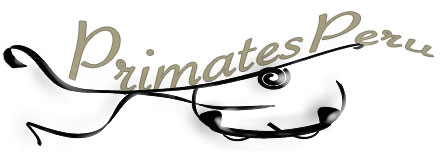Understanding Aperture – camera fundamentals
The juvenile Chironius exoletus was shot in identical conditions with a 105mm macro lens at two different apertures. This one has a large aperture of f/4.5 producing a very shallow depth of field.
This second shot has a smaller aperture of f/11 resulting in a slightly sharper appearing image. At this close range much of the image is still out of focus so the difference between these two would be what the photographer chooses to display; or in this case allowing the viewer to choose a preferred shot.
For those unaware, aperture is dictated by a set of blades in the barrel of a lens. Those blades can be spread apart to allow more light to pass through the glass or closed down to limit the light. Aperture is rated in something called f-stops. These f-stop numbers are ratios of the focal length of the lens to the lens diameter. Whole aperture number values (2.8, 4, 5.6, 8, 11, 16, 22, etc.) are set in increments such that jumping from one value to the next represents a full doubling or halving the amount of light passing through the lens. Just to go back to shutter speeds for a moment; if you cut the amount of light in half then for any given exposure you must double the amount of time the the shutter is open. And vice versa. The larger the aperture (smaller f-numbers) creates a shallower DoF. An aperture of f/2.8 will have a narrow focus field while f/22 will have a deeper field.
This image of the blunt-nosed vine snake, Leptophis depressirostris, was taken in the afternoon at the edge of a clearing. It was shot at the relatively small aperture of f/13 with a shutter speed of 1/4 sec. The long shutter speed was needed to allow enough of the ambient light to expose the background and provide a setting for the snake while the small aperture ensured that all of the subject was sharp. The lens was a 24-70mm zoom at 48mm. With these settings the camera had to be tripod mounted and the snake and wavering leaf had to be absolutely still. Getting a twitchy vine snake to relax in a pose like this is the most overlooked complication in herp photography.







2 comments
Hi Tim,
I can’t get enough of your work. In fact I have been staring at it at work for far too long. I just read your aperture article and have a question about flash. I’ve been using the 105mm Nikon macro lens and am having trouble with DOF, i.e. not enough of the subject is in focus. Does flash have an effect or am I probably too close and need to back off a little? Thank you
Lyle, flash won’t effect DoF. The distance to subject (more magnification – closer is less DoF) and aperture size (smaller aperture [bigger f/#] the greater the DoF). I suggest putting your Nikon in Aperture priority (A) mode. Then selecting an aperture to get your desired effect. Start with f/11 then go smaller (f/16, f/22) and see what results you get. The flash will give you more light which allows you to shoot those small apertures. Nikon’s CLS (advanced flash lighting meter system) will compensate the power of the flash to give you a shutter speed fast enough to freeze the subject. It gets more technical from here but this is a start.